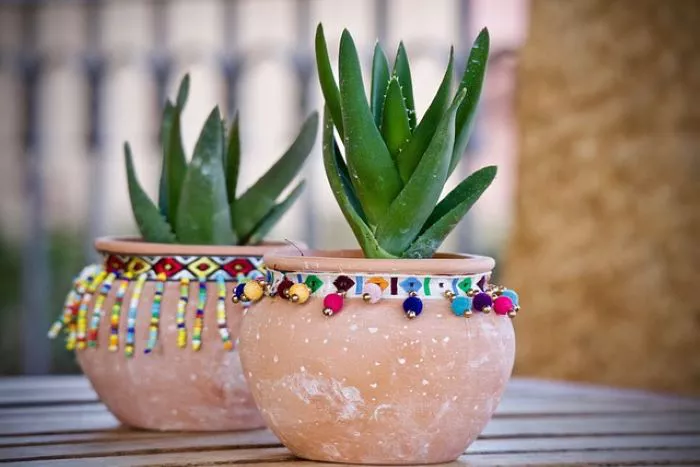Succulents are unique plants known for their ability to store water in their leaves, stems, and roots. This adaptation allows them to thrive in arid environments. As houseplants, they have gained immense popularity due to their diverse shapes, colors, and low maintenance requirements. However, to ensure the health and longevity of succulents, it is crucial to choose the right planting medium. This article will explore what to plant succulents in, focusing on soil composition, pot selection, and other important considerations.
Understanding Succulent Soil Needs
Succulents require a specific type of soil to thrive. Unlike traditional houseplants, which may prefer rich, moisture-retaining soil, succulents need a well-draining medium. The primary reason for this need is their natural habitat. In the wild, succulents grow in sandy or rocky soils that allow excess water to drain away quickly. If succulents are planted in heavy, compacted soil, they are at risk of root rot, which can lead to plant death.
The ideal soil for succulents should have a good balance of drainage, aeration, and moisture retention. This balance allows the roots to access water and nutrients without becoming waterlogged.
Components of Succulent Soil
To create the perfect soil mix for succulents, consider the following components:
Cactus Mix: Many garden centers offer pre-mixed cactus soil specifically designed for succulents. These mixes typically contain a blend of potting soil, sand, and perlite or pumice. They are formulated to provide excellent drainage and aeration.
Perlite: Perlite is a lightweight volcanic glass that helps improve soil drainage. It creates air pockets in the soil, allowing water to flow through easily. Adding perlite to your succulent mix can enhance drainage and prevent compaction.
Pumice: Similar to perlite, pumice is a natural volcanic rock that aids in drainage and aeration. It is heavier than perlite and provides stability to the soil mix. Pumice can also help retain some moisture without becoming waterlogged.
Sand: Coarse sand is another excellent addition to succulent soil. It increases drainage and mimics the natural sandy soils where succulents thrive. Avoid using fine sand, as it can compact and hinder drainage.
Organic Matter: While succulents do not require nutrient-rich soil, a small amount of organic matter can be beneficial. Adding a little bit of compost or worm castings can provide essential nutrients without overwhelming the plant.
Choosing the Right Pot
In addition to the soil, the choice of pot is crucial for the health of your succulents. Here are some key factors to consider when selecting a pot:
Drainage Holes: Always choose pots with drainage holes. These holes allow excess water to escape, preventing water from pooling at the bottom. Without proper drainage, the risk of root rot increases significantly.
Material: The material of the pot can affect moisture retention. Terracotta pots are a popular choice for succulents because they are porous and allow moisture to evaporate quickly. Plastic pots retain moisture longer but can be suitable if drainage holes are present.
Size: Choose a pot that is appropriate for the size of your succulent. A pot that is too large can retain excess moisture, while a pot that is too small may restrict root growth. Ideally, the pot should be just slightly larger than the root ball of the plant.
Shape: The shape of the pot can also influence drainage. Wider pots allow for better air circulation around the roots, while deeper pots may retain more moisture at the bottom.
Repotting Succulents
When planting or repotting succulents, it is essential to take care during the process. Here are some steps to follow:
Prepare the Pot: Ensure that the pot is clean and dry. If reusing a pot, wash it with soapy water and rinse thoroughly to remove any residue.
Add Soil: Fill the bottom of the pot with a layer of succulent soil mix. The amount will depend on the size of the plant and pot.
Plant the Succulent: Gently remove the succulent from its current pot. Be careful not to damage the roots. Place the plant in the new pot and fill in around the roots with more soil mix. Ensure that the plant is at the same depth as it was in its previous pot.
Water Sparingly: After repotting, wait a few days before watering. This allows the roots to recover and reduces the risk of rot. When you do water, do so sparingly, ensuring that the soil dries out completely before the next watering.
Conclusion
Choosing the right planting medium for succulents is essential for their health and growth. A well-draining soil mix, combined with an appropriate pot, can make a significant difference in the success of your succulent garden. By understanding the needs of succulents and following best practices for planting and care, you can create a thriving environment for these beautiful and resilient plants. With proper attention to soil composition and pot selection, your succulents can flourish and bring joy to your home for years to come.


